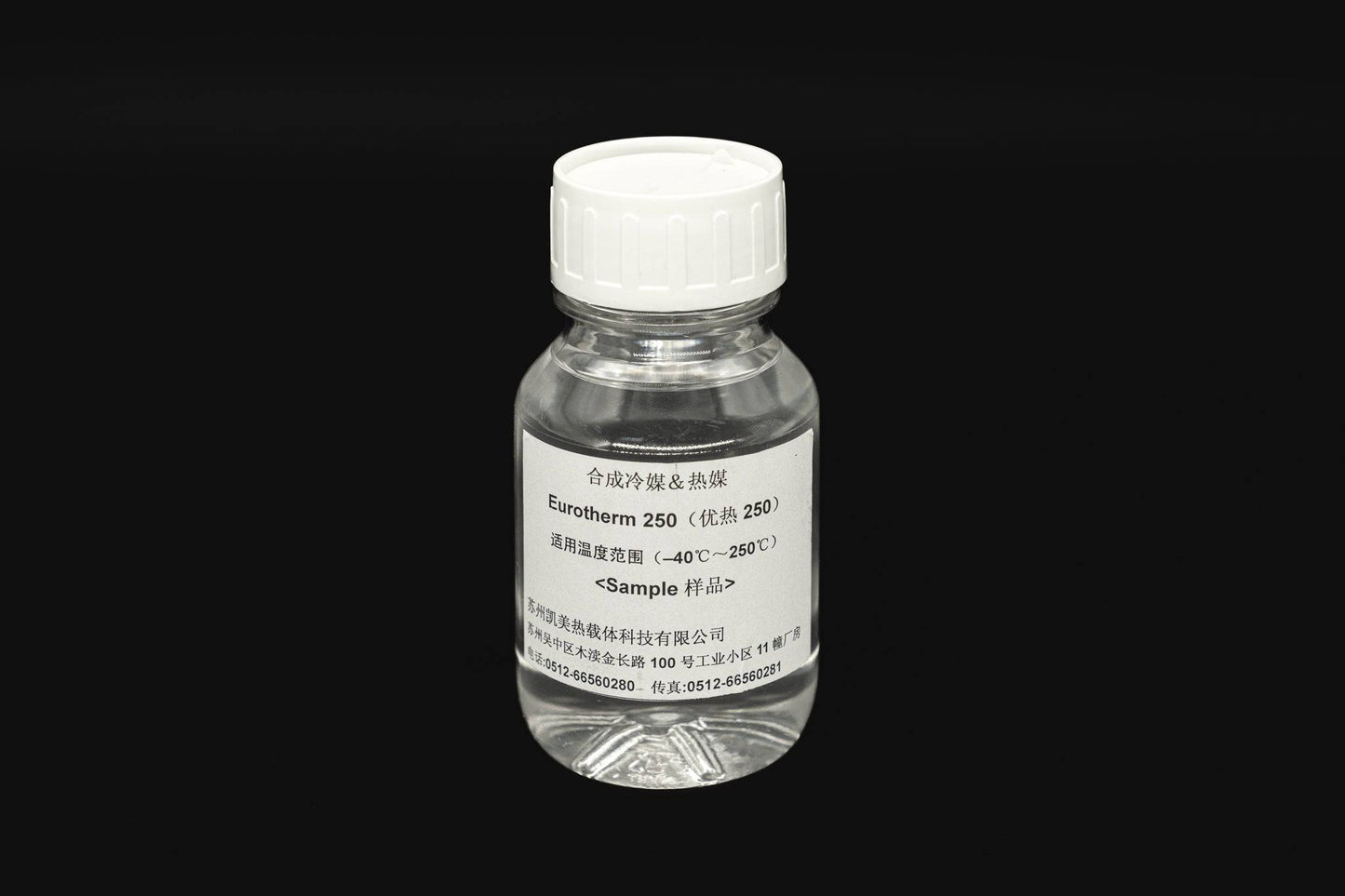Things about Chemie
Things about Chemie
Blog Article
Facts About Chemie Uncovered
Table of ContentsThe Chemie StatementsEverything about ChemieThe Ultimate Guide To ChemieHow Chemie can Save You Time, Stress, and Money.Chemie Can Be Fun For EveryoneSome Known Facts About Chemie.
(https://www.reverbnation.com/artist/chemie)Calculated modification in electrical conductivity of liquid examples as a function of time when stirred with the resin sample in the closed indirect cooling loop experiment. Number 6 shows the modification in the determined electric conductivity of the fluid samples when stirred with the material example. The conductivity of the water sample from the closed loophole experiment decreased by about 70% from 11.77 S/cm to 3.32 S/cm in 6 hours.These outcomes showed that the capacity of the material depends on the examination liquid made use of for the experiment. This shows that various ions existing in the fluid will cause different ion exchange capability of the liquid. Consequently, computing the ion exchange material capability with the liquid example from the actual cooling loophole is necessary.
The Chemie Statements
As a result, an ion exchange resin cartridge including 20g of Dowex mixed bed resin may handle order 938 days to saturate. In various other words, to preserve a reduced electrical conductivity, a resin cartridge with the dimension and weight requirements as that of the resin cartridge used in the experiment, need to be altered every 30 months for the cooling system that was utilized in the experiment
The air conditioning of digital parts has actually ended up being a major obstacle in current times because of the advancements in the style of faster and smaller sized components. Consequently, different cooling innovations have been developed to effectively get rid of the heat from these parts [1, 2] Using a fluid coolant has actually ended up being appealing as a result of the higher warm transfer coefficient accomplished as compared to air-cooling.
The Chemie Diaries
A single phase cooling loophole consists of a pump, a warm exchanger (chilly plate/mini- or micro-channels), and a warm sink (radiator with a follower or a liquid-to-liquid warmth exchanger with chilled water cooling). The warm resource in the electronic devices system is affixed to the warmth exchanger. Liquid coolants are likewise made use of in two-phase systems, such as warm pipelines, thermo-siphons, sub-cooled boiling, spray cooling, and direct immersion systems [2, 4]
The needs might vary relying on the sort of application. Adhering to is a list of some basic needs: Excellent thermo-physical buildings (high thermal conductivity and specific warm; reduced viscosity; high concealed warm of evaporation for two-phase application) Low cold factor and ruptured factor (occasionally ruptured security at -40 C or reduced is required for shipping and/or storage space functions) High atmospheric boiling point (or reduced vapor pressure at the operating temperature) for single stage system; a slim desired boiling factor for a two-phase system Excellent chemical and thermal security for the life of the electronics system High flash factor and auto-ignition temperature level (occasionally non-combustibility is a need) Non-corrosive to materials of building (metals in addition to polymers and other non-metals) No or marginal regulative restrictions (eco-friendly, harmless, and perhaps eco-friendly) Cost-effective The finest electronics coolant is an inexpensive and harmless fluid with excellent thermo-physical buildings and a long service life.
Little Known Facts About Chemie.
Most of these fluids have a non-discernible odor and are nontoxic in instance of contact with skin or intake. As mentioned before, aliphatic PAO-based fluids have replaced the silicate-ester fluids in a selection of army electronic devices (and avionics) cooling down applications in the last decade. Another class of preferred coolant chemistry is dimethyl- and methyl phenyl-poly (siloxane) or commonly called silicone oil.
Fluorinated substances such as perfluorocarbons (i.e., FC-72, FC-77) hydrofluoroethers (HFE) and perfluorocarbon ethers (PFE) have specific special residential properties and can be utilized in contact with the electronic devices [4, 8] Of all, these fluids are non-combustible and safe. Some fluorinated substances have no ozone diminishing potential and various other ecological residential properties.
Ethylene glycol is colorless and almost unsmelling and is totally miscible with water. When effectively inhibited, it has a fairly reduced corrosivity. This coolant is categorized as harmful and should be handled and disposed of with treatment. The high quality of water made use of for the prep work of a glycol remedy is very crucial for the system.
The 8-Minute Rule for Chemie

This is a low expense antifreeze service, discovering use in refrigeration services and ground resource warm pumps - silicone fluid. This liquid can be made use of down to -40 C owing to its reasonably high price of warm transfer in this temperature array.
It is thought about more dangerous than ethylene glycol and as a result has found use only for procedure applications located outdoors. Methanol is a combustible liquid and, as such, presents a possible fire hazard where it is saved, managed, or utilized. This is a liquid service of denatured grain alcohol. Its primary informative post advantage is that it is non-toxic.
The smart Trick of Chemie That Nobody is Discussing
As a flammable fluid, it calls for specific precautions for dealing with and storage. Aqueous services of calcium chloride find broad usage as distributing coolants in food plants. It is non-flammable, non-toxic and thermally a lot more effective than the glycol remedies. A 29% (by wt.) calcium chloride option has a freezing point below -40 C.

Report this page